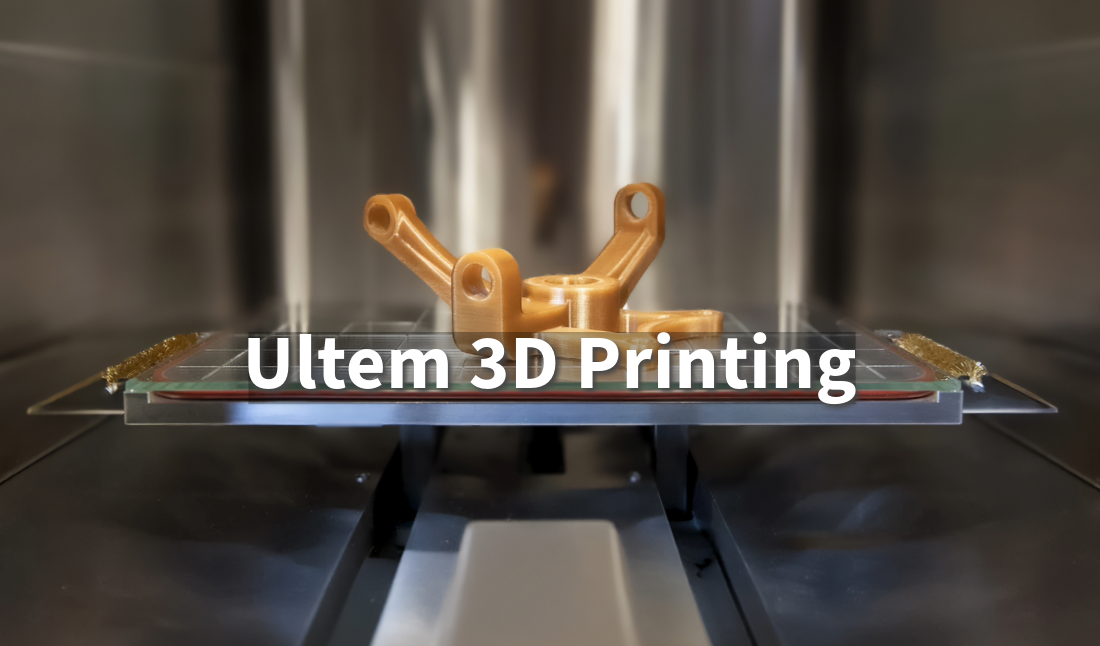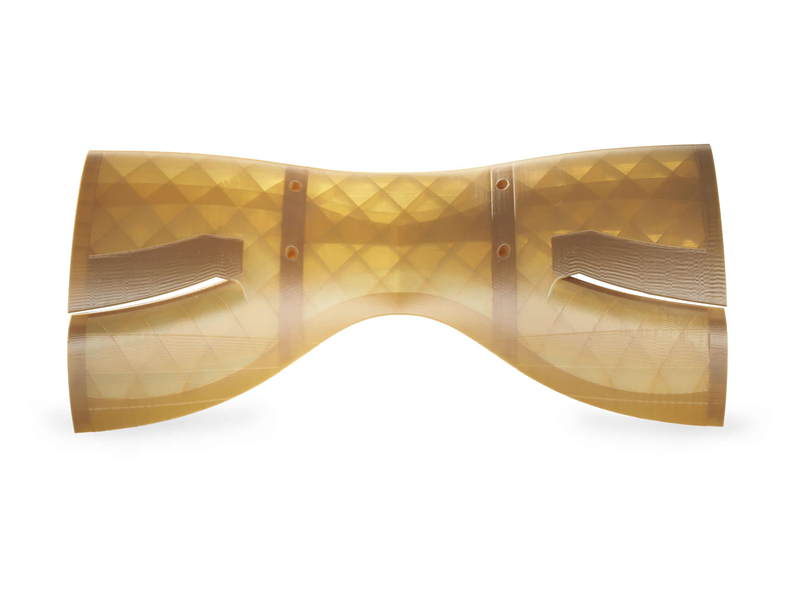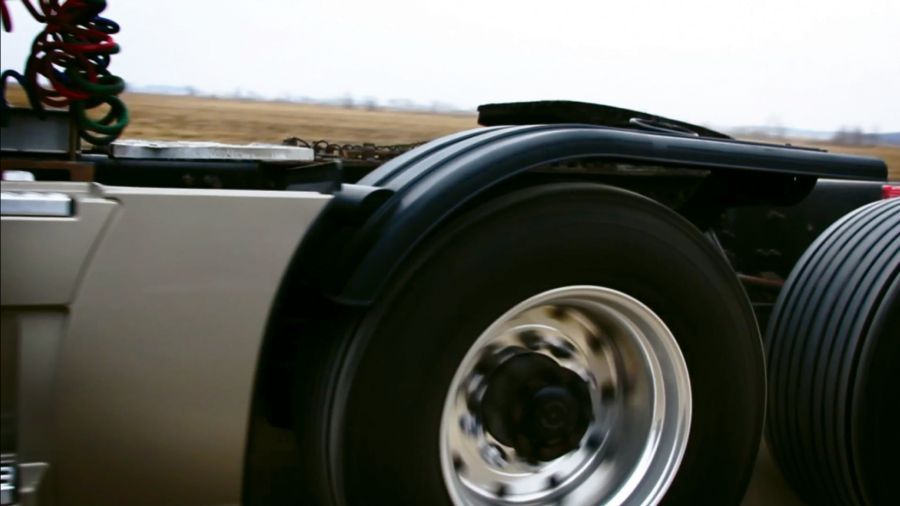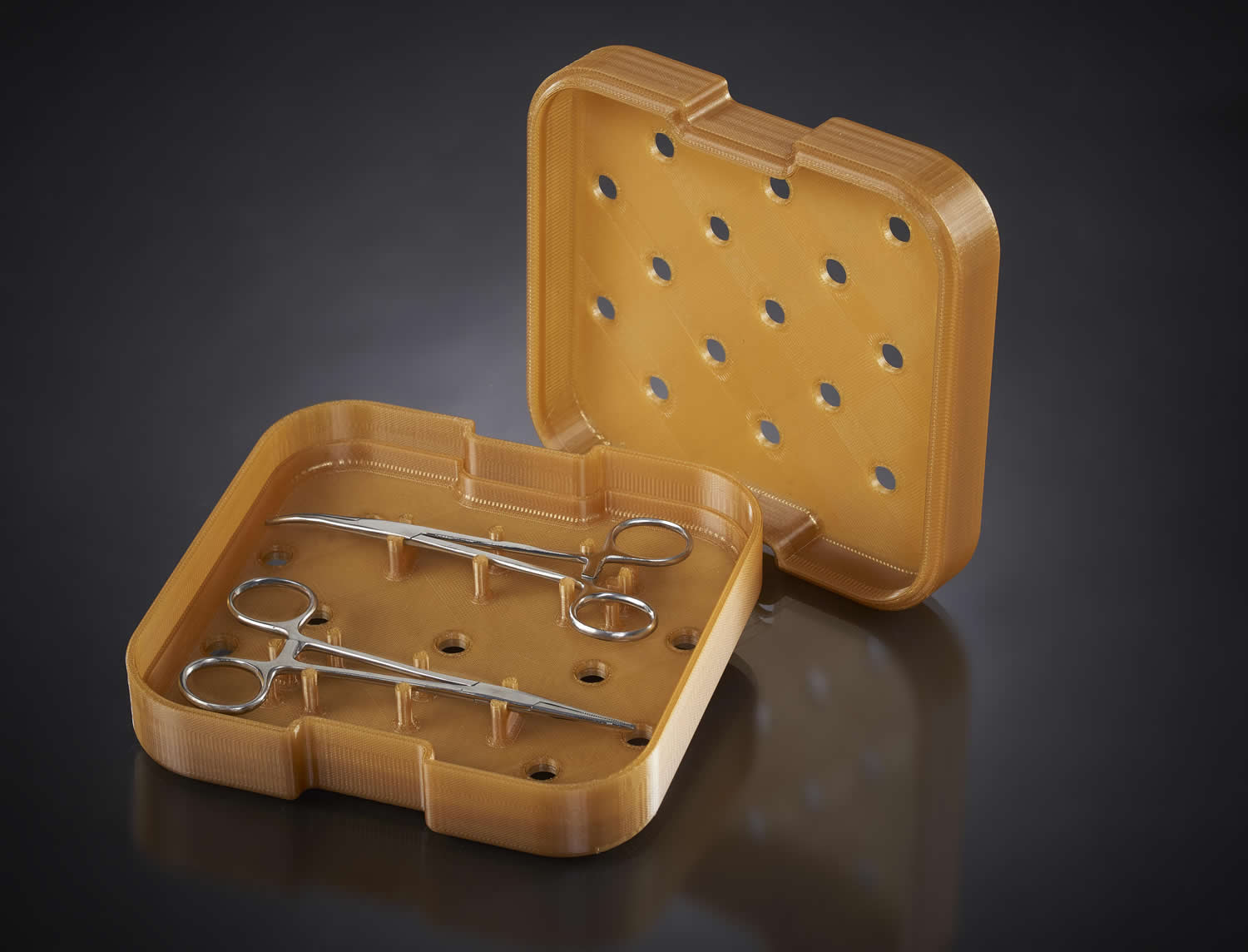Ultimate Guide to Ultem 3D Printing

Learn all about Ultem 3D printing, including its special features, benefits, uses, and tips to help you get the best results in different industries.
Introduction
What is Ultem 3D Printing?
Ultem 3D printing uses a strong plastic called Ultem (polyetherimide or PEI) to create tough and complex parts.
Ultem is known for being very strong, heat-resistant, and resistant to chemicals. These qualities make it a great choice for making parts that need to be strong and durable in tough environments. Ultem 3D printing is used to make parts that can handle extreme conditions, which is why it is so valuable in many industries.
Why is Ultem Important?
Ultem 3D printing is important because it allows us to make lightweight but strong parts, which are needed in industries like aerospace, automotive, and healthcare. Using Ultem, manufacturers can make parts that meet strict quality standards without sacrificing safety. This makes it perfect for applications where reliability is very important.
Special Features and Uses
Ultem has special properties like high strength, the ability to handle heat, and resistance to chemicals. This makes it great for environments that need strong and long-lasting materials. It is often used in the aerospace industry for lightweight parts, in cars for heat-resistant components, and in medical devices that need to be safe for the human body.
Because Ultem can keep working well even in tough conditions, it is a preferred material for many special uses.
What is Ultem?
Ultem Material Explained
Ultem is a type of plastic called polyetherimide (PEI). It is known for its excellent strength and performance, which makes it perfect for challenging uses. Ultem is often used in 3D printing because it can handle extreme conditions without losing its strength.
For more details, please refer to our detailed guide on Ultem: Ultem, or Polyetherimide (PEI) Explained.
Key Features of Ultem
High Strength: Ultem is very tough, making it good for parts that need to handle a lot of force.
Heat Resistance: Ultem can handle high temperatures without changing shape, which makes it good for parts exposed to heat.
Chemical Resistance: Ultem can resist many chemicals, which helps it stay strong in harsh environments.
Why Use Ultem for 3D Printing?

Benefits of Ultem
Ultem is a popular choice for 3D printing because it is strong, heat-resistant, and can handle chemicals well. These qualities make it perfect for making parts that need to be strong and reliable. Ultem is also lightweight, which is very important for industries like aerospace and automotive where reducing weight can save energy and improve performance.
Comparing to Other Materials
When compared to other high-performance materials like PEEK or carbon-fiber-reinforced polymers, Ultem stands out because it offers a good balance of strength, heat resistance, and cost. While PEEK might be stronger, it is also more expensive, making Ultem a more affordable choice for many uses.
Special Features for Industry
Ultem is flame-resistant, can be used as an electrical insulator, and can be sterilized. These features make it ideal for medical and electronic parts that need to be safe and reliable.

Uses of Ultem 3D Printing
Aerospace
In aerospace, Ultem is used to make strong but lightweight parts, which helps reduce the weight of aircraft and improves fuel efficiency.

Source: roboze.com
Automotive
In the automotive industry, Ultem is used to make parts that can handle high temperatures, such as engine components. Its strength also helps parts last longer.

Source: 3dprintwestern.com
Medical
Ultem is biocompatible, which means it is safe to use in medical devices that come into contact with the human body. It can also be sterilized, which makes it useful for surgical instruments and medical parts.

Source: javelin-tech.com
Other Uses
Ultem is also used in electronics for parts that need good insulation and in industrial equipment for components that need to resist chemicals.
Best Practices for Ultem 3D Printing
Printer Requirements
To print with Ultem, you need a high-performance 3D printer that can reach very high temperatures (350°C and 400°C). Ultem has a high melting point, so the printer needs to maintain a stable temperature during printing.
Temperature Settings
Ultem needs to be printed at temperatures between 350°C and 400°C. The print bed should also be heated to about 120°C to 160°C to help the material stick properly and avoid warping.
Bed Adhesion Techniques
To stop the print from warping, it's important to use the right adhesion methods. A heated print bed with an adhesive like a PEI sheet or glue stick can help keep the part in place.
How to Overcome Challenges
Printing Ultem can be difficult because it tends to warp. To solve this, use an enclosed printer that can keep the temperature stable and prevent drafts, which can cause uneven cooling.
Comparing Ultem Grades for 3D Printing
Ultem 1010 vs. Ultem 9085
Ultem 1010: This grade has high heat resistance and strength, making it good for parts that need to handle high temperatures and stress.
Ultem 9085: This grade has good strength and is also flame-resistant, which makes it a popular choice in aerospace and automotive industries.
Best Uses for Each Grade
Ultem 1010 is used for medical tools and industrial parts, while Ultem 9085 is preferred for aerospace and automotive parts that need to be light and flame-resistant.
Challenges of Ultem 3D Printing
Common Issues
Print Warping: Ultem can warp during printing because it expands when heated. This makes it hard to get exact dimensions.
Cost: Ultem is more expensive than standard 3D printing materials, which can be a problem for projects with limited budgets.
Printer Compatibility: Not all 3D printers can handle Ultem, as it requires very high temperatures and special equipment.
Solutions and Alternatives
Solutions for Warping: Use an enclosed printer, a heated bed, and good adhesion methods to reduce warping.
Lower Cost Alternatives: If the budget is tight, consider using other strong materials like nylon or reinforced polymers that offer similar features but are less expensive.
Conclusion
Ultem 3D printing is great for industries that need strong, lightweight, and durable parts. Its special properties make it a perfect choice for demanding uses in aerospace, automotive, medical, and other industries. By following best practices and understanding the challenges, manufacturers can use Ultem to create high-quality parts that meet strict performance standards.
Unionfab for Your Ultem 3D Printing Needs
Unionfab offers professional Ultem 3D printing services with advanced equipment and expert support. We provide reliable parts for industries like aerospace, automotive, and medical, ISO-certified quality.
Contact us to discuss your project and see how Ultem can meet your performance needs!
Get an instant quote today from Unionfab — Where Precision Meets Innovation.


